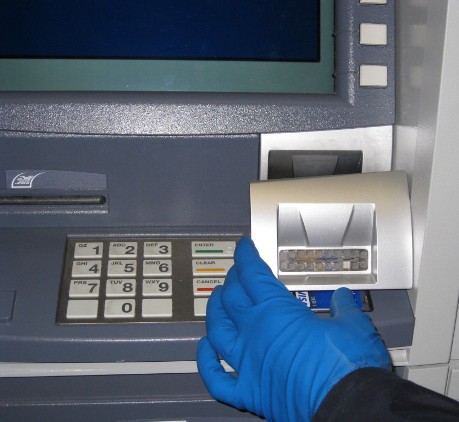Turns out to get money from the ATM can be dangerous, because there could be lurking thieves who want to seize your money unless you are given there. To stay safe at an ATM, be aware of your surroundings and shield the keypad when entering your PIN. When using an ATM, it is important to prioritize your safety.
With increasing instances of identity theft and fraud, taking precautions will help protect both your personal information and your finances. By following a few simple steps, you can ensure a safe experience at an ATM.
Importance of Atm Safety
ATMs are an essential part of our daily lives, providing quick and convenient access to cash. However, it’s crucial to prioritize our safety when using these machines.
Being aware of the common risks associated with ATMs is the first step towards ensuring our safety. Here are some of the most prevalent risks:
- Skimming: Criminals attach devices to ATMs to steal card information, leading to fraudulent activities.
- Shoulder Surfing: Observers try to capture personal identification numbers (PINs) by looking over your shoulder while you enter it.
- Physical Assault: Dark or secluded ATMs can attract criminals who might try to harm you or steal your belongings.
- Card Trapping: Criminals manipulate or insert devices in the card slot to trap your card, allowing them to retrieve it later.
- Phishing: Fraudsters may create fake ATM screens or use hidden cameras to obtain your personal information.
Note: Stay vigilant at all times and be on the lookout for any suspicious activities or signs of tampering.
Related Content: How to Gather Evidence for a Slip and Fall Accident
Protecting Yourself at ATMs
When it comes to using an ATM, safety should be your top priority. By following these tips, you can protect yourself from potential risks and ensure a secure transaction.
Choosing A Secure Location
One of the first steps towards ATM safety is selecting a secure location. It’s crucial to choose ATMs that are well-lit and situated in busy areas, such as shopping centers or banks.
Avoid using ATMs located in secluded or poorly lit areas, as they may be more susceptible to criminal activity.
Protecting Your Personal Information
Protecting your personal information is essential when using an ATM. Be cautious and shield your PIN number from prying eyes by using your hand, wallet, or other objects as a cover.
Avoid using ATMs with suspicious devices, such as card skimmers that can steal your card information.
Being Aware Of Your Surroundings
Being aware of your surroundings is key in ensuring ATM safety. Before approaching the machine, scan the area to ensure that no one suspicious is nearby.
If you notice anyone behaving strangely or hanging around the ATM, it’s best to find another machine or come back later.
Keeping Track Of Your Transactions
To stay on top of your finances and monitor for any unauthorized activity, it is crucial to keep track of your transactions. Make it a habit to check your bank statements regularly, either online or through mobile banking apps, to ensure all withdrawals, deposits, and purchases are accounted for.
In case you spot any unusual or suspicious transactions, contact your bank immediately to report the discrepancy.
Check Also: Is it legal to use extreme force to act in self defense?
Reporting Suspicious Activity or Issues
If you come across any signs of tampering, such as loose card readers, suspicious-looking devices, or unexpected error messages on the ATM screen, it is essential to report them promptly.
Notify the bank responsible for the ATM or contact local law enforcement. By reporting any potential issues, you not only protect yourself but also help prevent fraudsters from targeting others.
Conclusion
By following these tips, you can ensure your safety at an ATM. Stay alert and aware of your surroundings, shield your PIN number when entering it, and avoid using ATMs in secluded areas. Regularly check your bank statements for any suspicious activity and report any concerns immediately.
Always keep in mind that your safety comes first and make sure you always take the appropriate safety measures.
